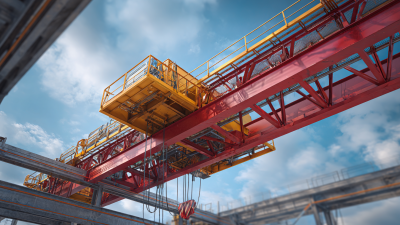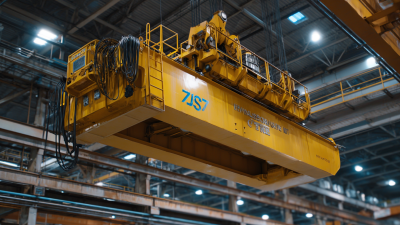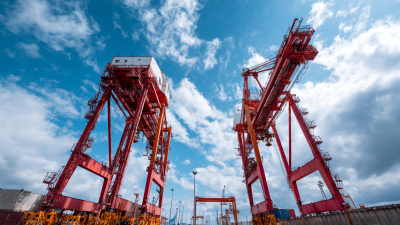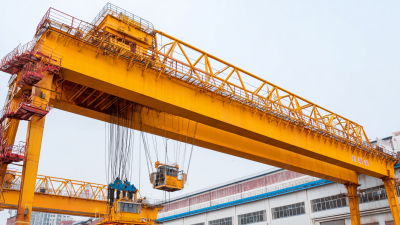Inquiry
Form loading...
-
Phone
-
Wechat

-
Whatsapp

The upcoming 138th Canton Fair in 2025 promises to be a pivotal event for the overhead crane industry, showcasing the latest technological innovations that drive efficiency and safety in material handling. As reported by MarketsandMarkets, the global overhead crane market is projected to reach USD 5.4 billion by 2026, expanding at a CAGR of 5.2% from 2021, owing to rising demands in sectors such as construction, manufacturing, and logistics. This growth is further fueled by advancements in automation and IoT integration, enhancing the functionality of overhead cranes.
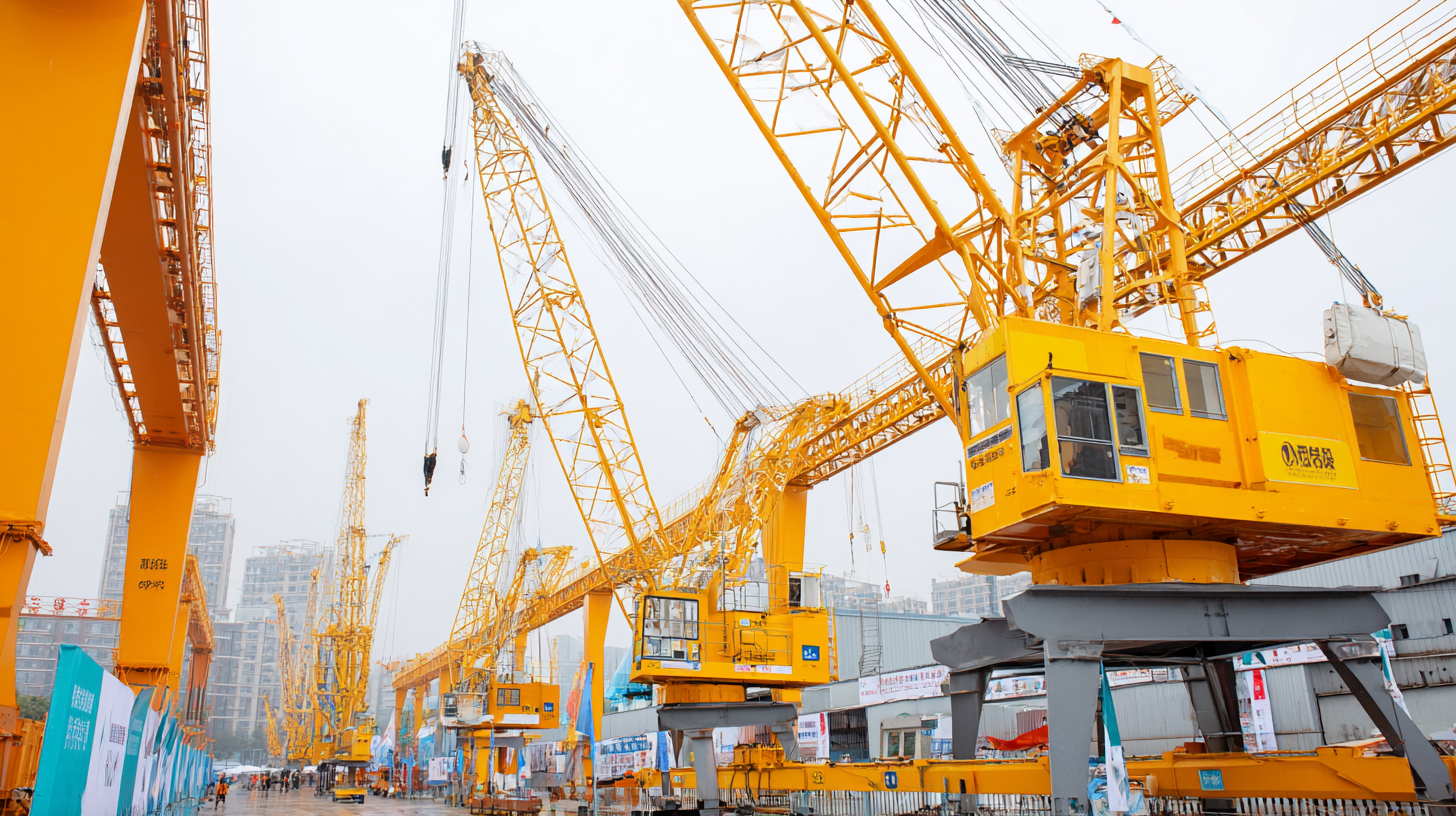 At the Canton Fair, industry leaders will unveil cutting-edge designs and smart features that not only optimize performance but also align with sustainable practices, reflecting the industry's commitment to reducing environmental impact. Attendees will gain valuable insights into market trends and emerging technologies that are reshaping the future of overhead cranes, solidifying their pivotal role in industrial operations worldwide.
At the Canton Fair, industry leaders will unveil cutting-edge designs and smart features that not only optimize performance but also align with sustainable practices, reflecting the industry's commitment to reducing environmental impact. Attendees will gain valuable insights into market trends and emerging technologies that are reshaping the future of overhead cranes, solidifying their pivotal role in industrial operations worldwide.
The 138th Canton Fair 2025 serves as a premier platform for showcasing the latest advancements in overhead crane technologies. This year, exhibitors are emphasizing innovations that enhance efficiency, safety, and operational flexibility. One significant trend is the integration of smart technologies, which include advanced sensors and IoT connectivity. These features enable real-time monitoring and data analysis, allowing operators to optimize their workflows and reduce downtime.
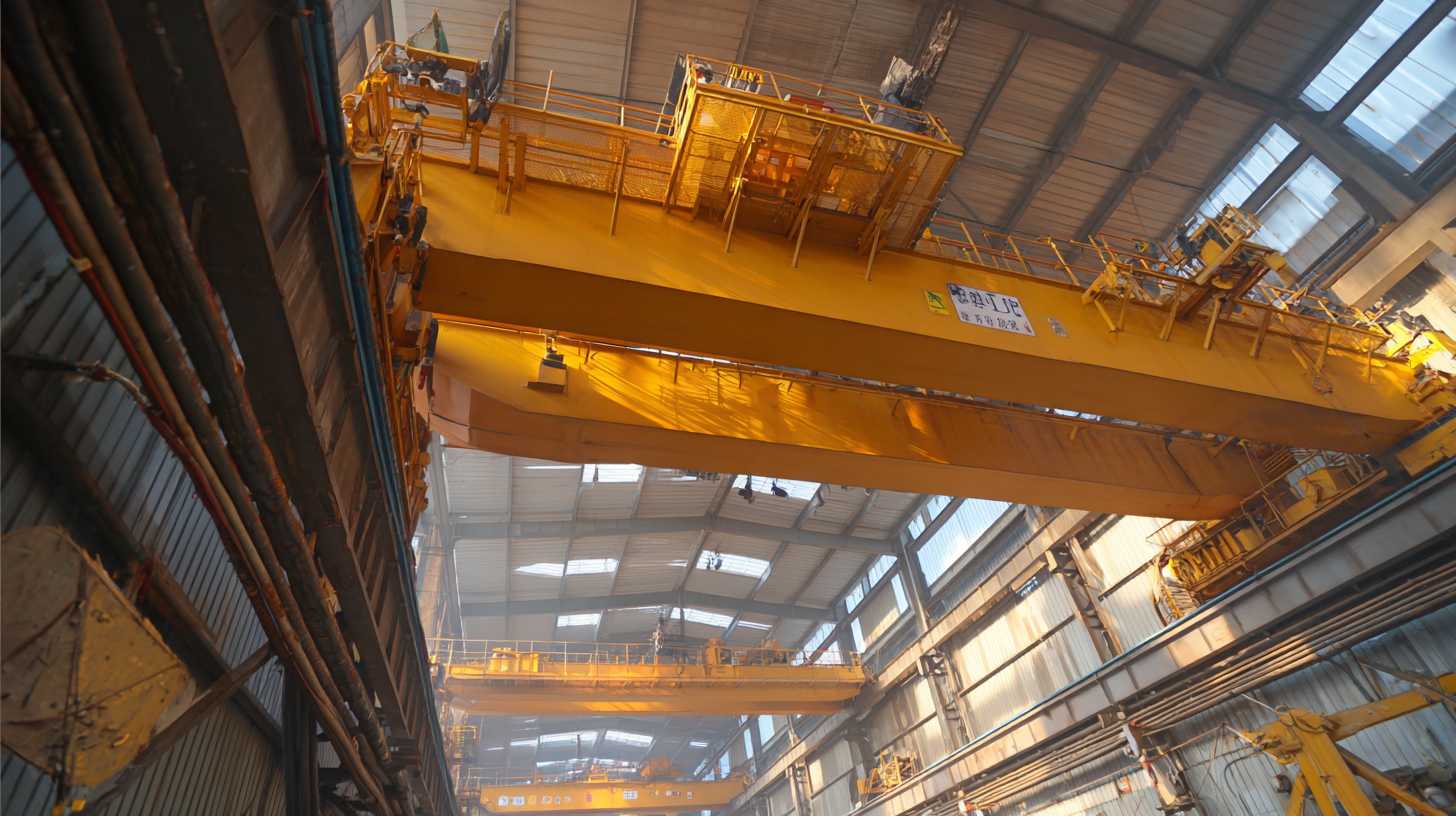
In addition to smart solutions, manufacturers are focusing on sustainable designs that minimize energy consumption and environmental impact. New models are being developed with lighter materials and more efficient motors, which not only improve load capacity but also contribute to greener operations. The fair highlights how these innovations are not only transforming industrial practices but are also setting new standards in the overhead crane market, influencing both local and global supply chains.
Attendees can expect to witness a range of groundbreaking products that promise to reshape the landscape of material handling for years to come.
At the 138th Canton Fair 2025, the focus on overhead crane innovations highlights a critical shift in enhancing industrial efficiency and safety standards. Recent industry reports indicate that cutting-edge crane technologies, including automated and smart systems, can improve operational productivity by up to 30%. These innovations reduce manual handling, which not only streamlines workflows but also mitigates the risk of accidents in the workplace. According to the International Organization for Standardization (ISO), advanced cranes equipped with real-time monitoring and predictive maintenance features can decrease downtime by approximately 20%, allowing industries to maintain a steady flow of operations.
Moreover, the safety implications of these innovations cannot be overstated. The implementation of advanced sensors and AI-driven technology significantly lowers the incidence of workplace accidents. A study by the Occupational Safety and Health Administration (OSHA) revealed that businesses adopting these smart cranes witnessed a 25% reduction in injury rates. Enhanced safety features, such as anti-collision systems and load-sway control, not only protect workers but also safeguard valuable equipment, thereby reducing potential financial losses. As the sector continues to evolve, the innovations showcased at the Canton Fair will likely set new benchmarks for efficiency and safety, influencing overall market dynamics.
| Innovation Type | Description | Impact on Efficiency (%) | Safety Standard Improvement | Market Adoption Rate (%) |
|---|---|---|---|---|
| Smart Control Systems | Automated monitoring and adjustment of lifting operations | 20% | Reduced risk of overload incidents | 75% |
| Eco-Friendly Materials | Use of sustainable components for crane production | 15% | Improved environmental safety compliance | 60% |
| AI-Powered Predictive Maintenance | AI algorithms predict potential crane failures | 25% | Higher adherence to safety protocols | 80% |
| Enhanced Load Sensors | Advanced sensors providing real-time load information | 18% | Reduction in accidents due to load miscalculations | 70% |
The 138th Canton Fair in 2025 is set to showcase groundbreaking innovations in overhead crane technology that are reshaping market trends. One of the most notable shifts is the increasing integration of automation and smart technologies in crane solutions. These advancements not only enhance operational efficiency but also improve safety standards, ultimately leading to increased productivity across various industries. Manufacturers are focusing on developing cranes that can communicate with other equipment and systems, paving the way for a more interconnected and streamlined workflow.
Another significant trend is the emphasis on sustainability and energy efficiency. As global industries face mounting pressure to reduce carbon footprints, overhead crane manufacturers are investing in eco-friendly materials and energy-saving designs. These cranes are becoming more adaptive, allowing for reduced energy consumption and lower operational costs. By embracing these trends, the industry is not only catering to the immediate needs of businesses but also aligning with broader environmental goals, which is increasingly influencing purchasing decisions among consumers.
The 138th Canton Fair in 2025 showcased significant innovations in overhead crane technology, with various global manufacturers presenting their latest advancements. As the demand for efficient and reliable lifting solutions continues to rise, comparisons between these manufacturers reveal distinct differences in design, functionality, and market approach. Notably, companies from China, Germany, and the United States exhibited groundbreaking features such as smart technology integration, energy-efficient operations, and enhanced safety protocols that set them apart in a competitive landscape.
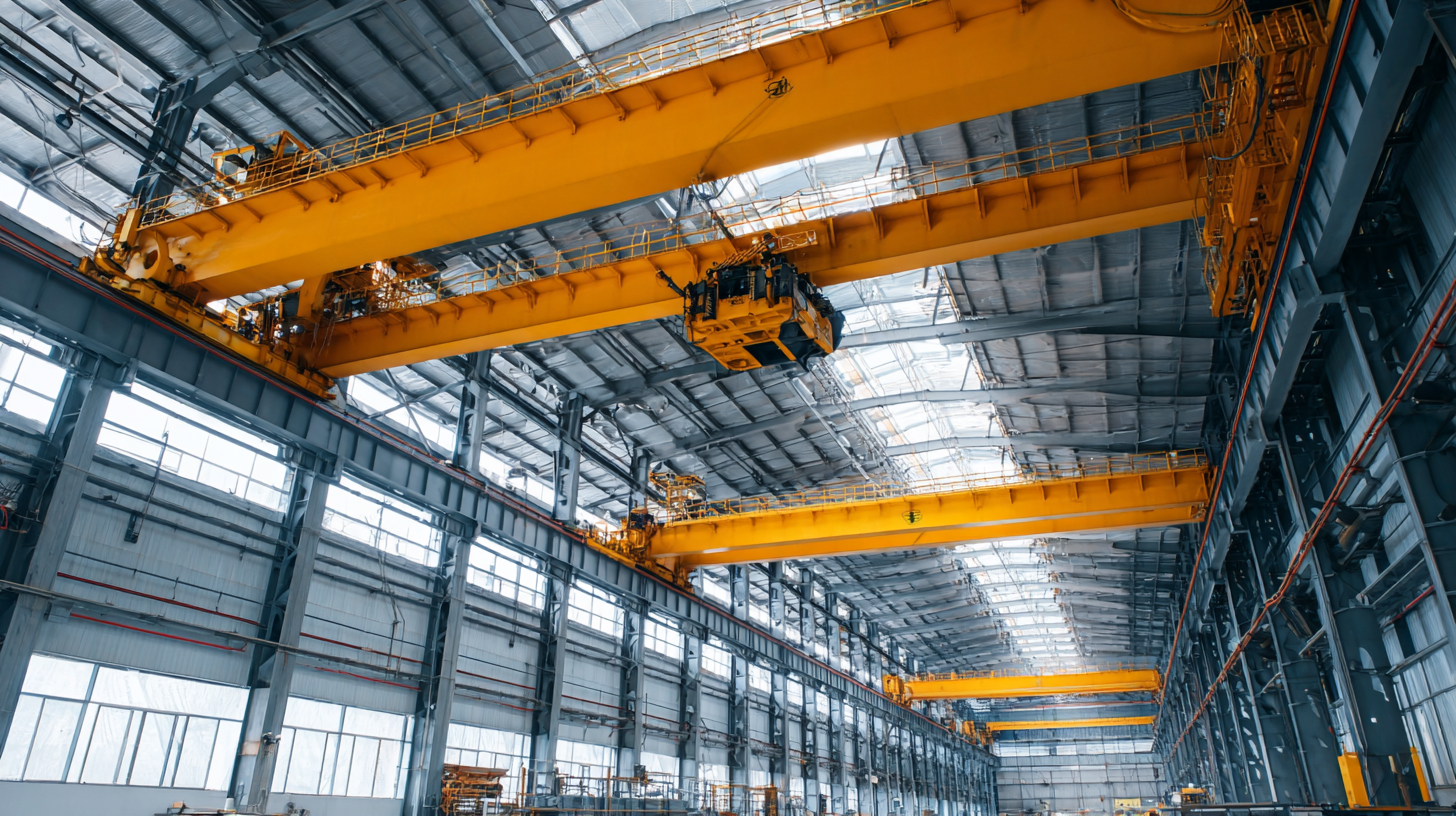
During the fair, brands like XYZ Cranes and ABC Lifting demonstrated their state-of-the-art models equipped with IoT capabilities, allowing users to monitor operational efficiency remotely. In contrast, European manufacturers emphasized durable materials and ergonomic designs, appealing to industries prioritizing longevity and ease of use. These comparative analyses not only highlight the varying strengths of each manufacturer but also underline their strategies to capture market share amid evolving industry standards. The insights gathered at the fair reflect a growing trend towards innovation-led growth, shaping the future of the overhead crane market worldwide.
The landscape of overhead crane production is rapidly evolving, with sustainability practices becoming a core focus. A recent report from the Market Research Future indicates that nearly 40% of manufacturers are actively adopting eco-friendly materials and processes as part of their operations to meet growing environmental regulations. This shift not only reflects manufacturers' commitment to reducing carbon footprints but also aligns with the increasing demand for sustainable solutions from consumers and businesses alike.
Implementing sustainable practices can lead to significant cost savings in the long run. For instance, research from the International Energy Agency suggests that utilizing energy-efficient technologies can cut energy consumption by up to 30%. This presents a compelling case for manufacturers looking to enhance their competitive edge in a market where eco-conscious purchasing is becoming a dominant factor.
Tips: When exploring crane innovations, consider evaluating suppliers based on their sustainability credentials. Additionally, investing in crane systems that prioritize energy efficiency can lead to both reduced operational costs and a stronger market position. Remember that sustainability is not just a trend, but a necessary strategy for long-term business success.
This bar chart illustrates the market share percentage of various overhead crane innovations introduced at the 138th Canton Fair 2025, emphasizing sustainability practices and their subsequent market implications.
